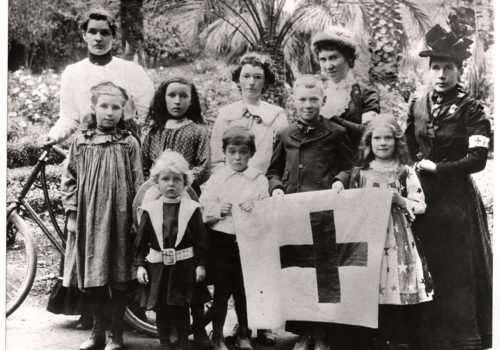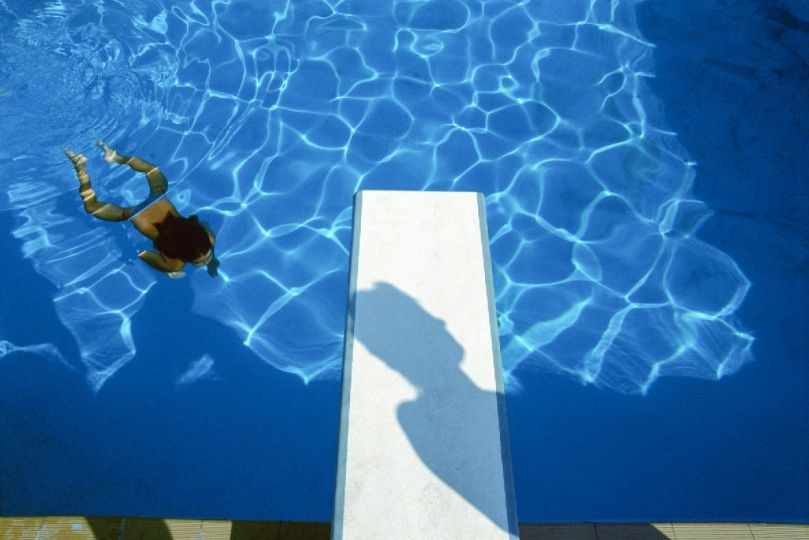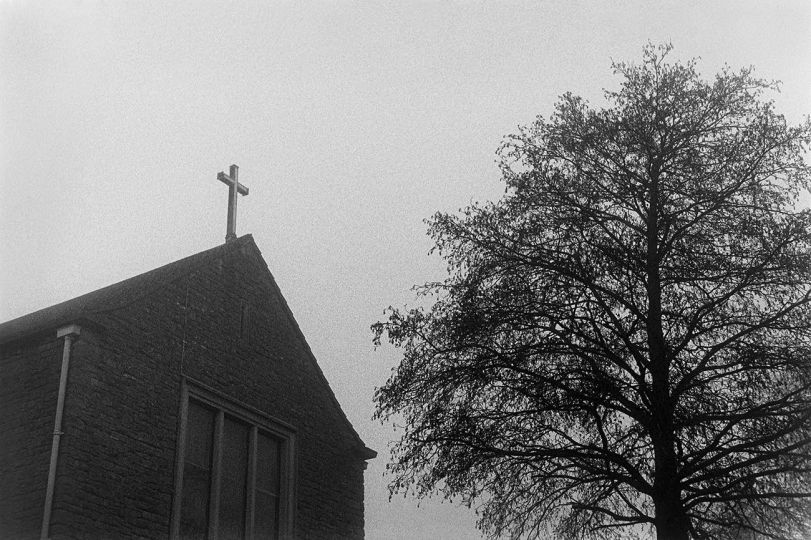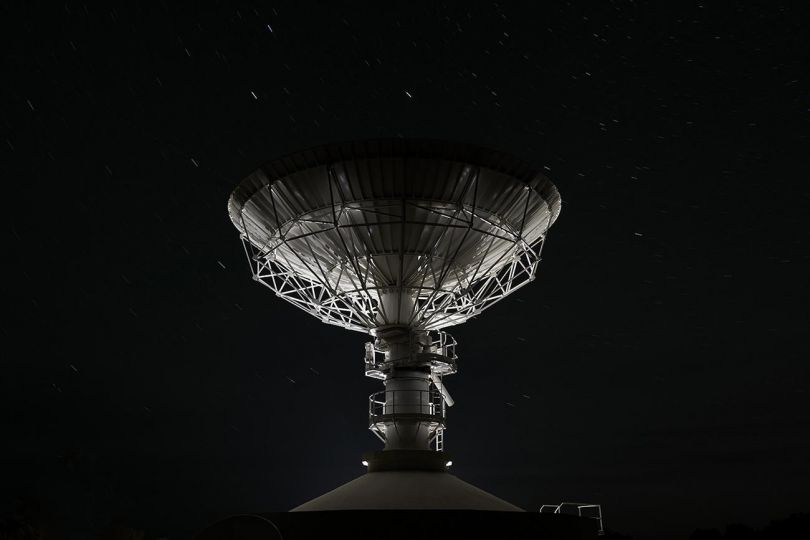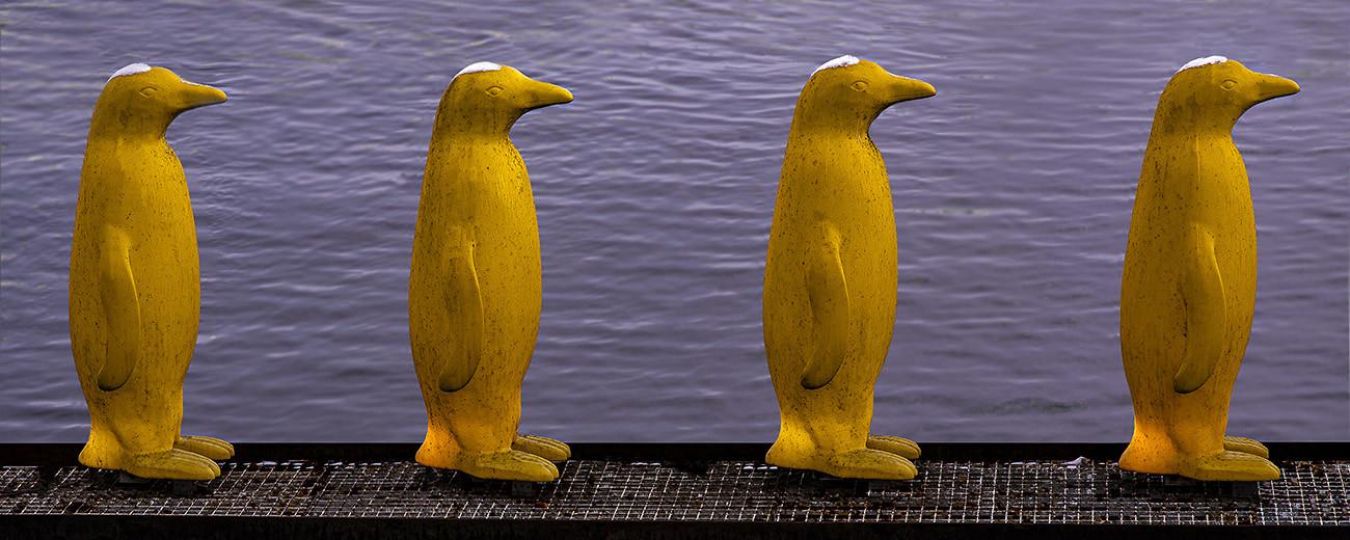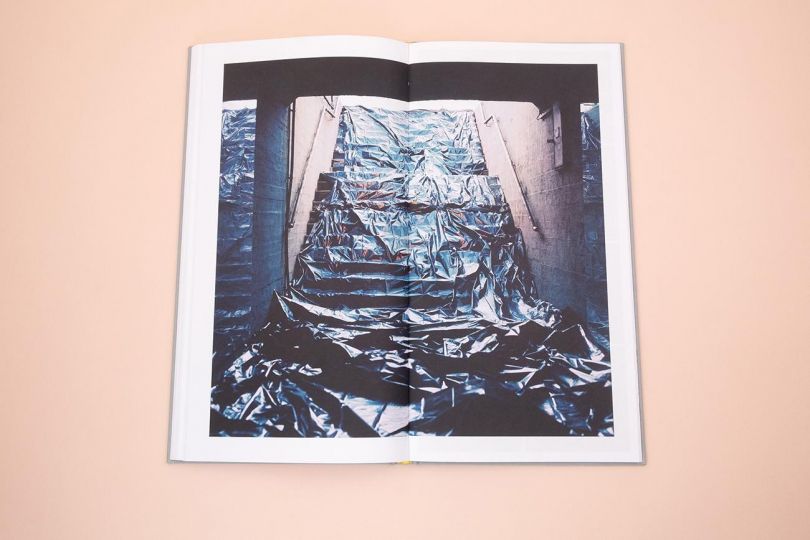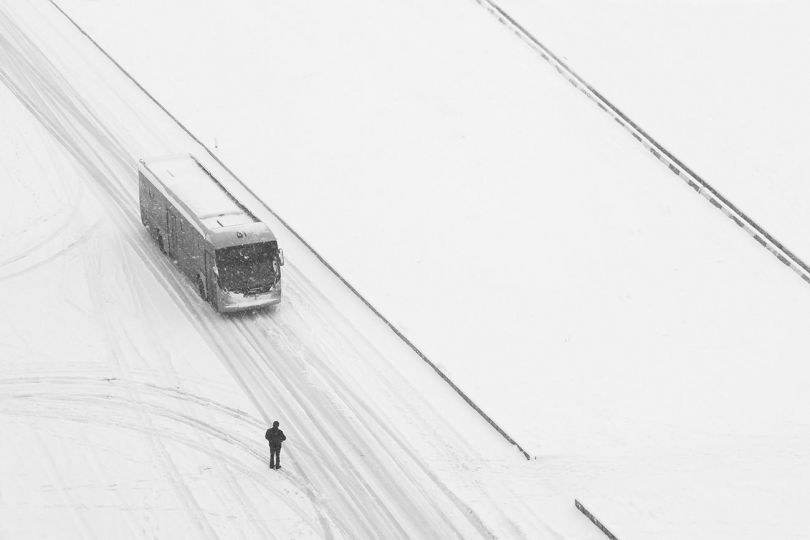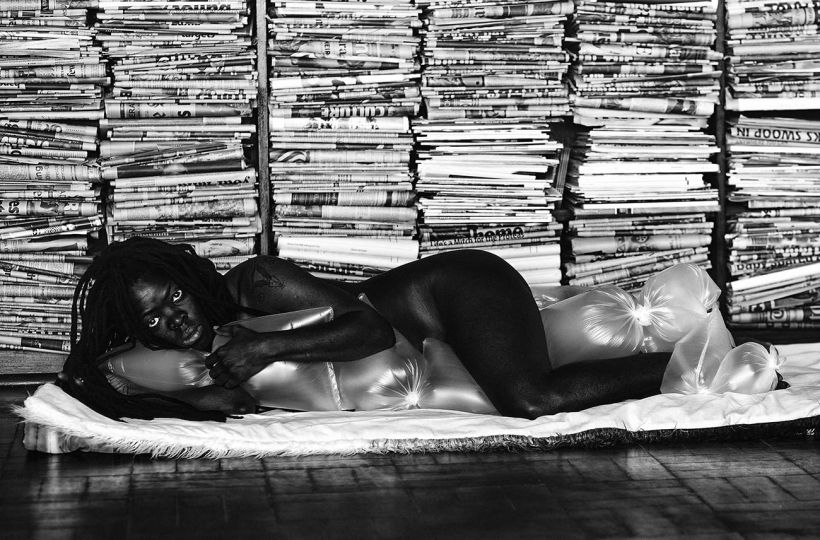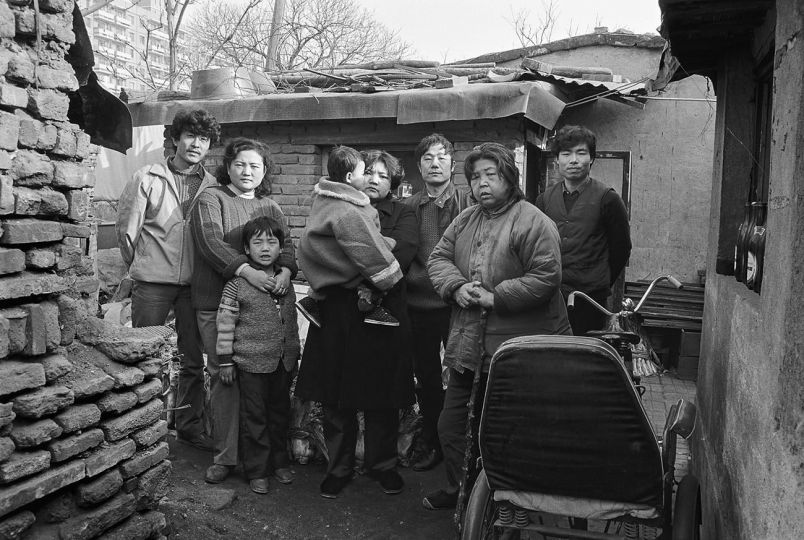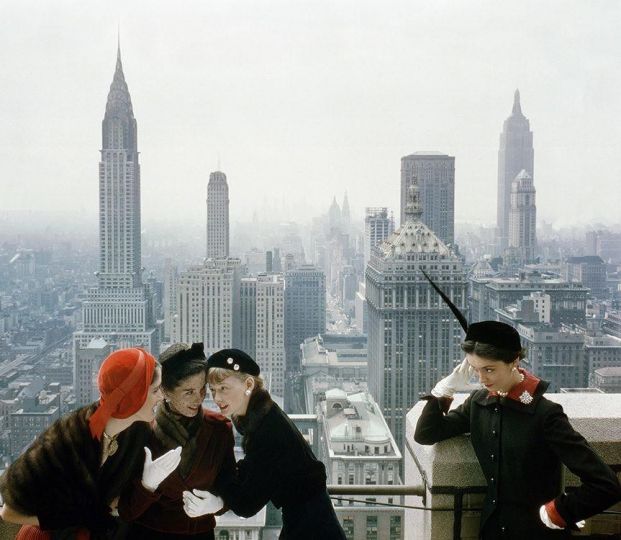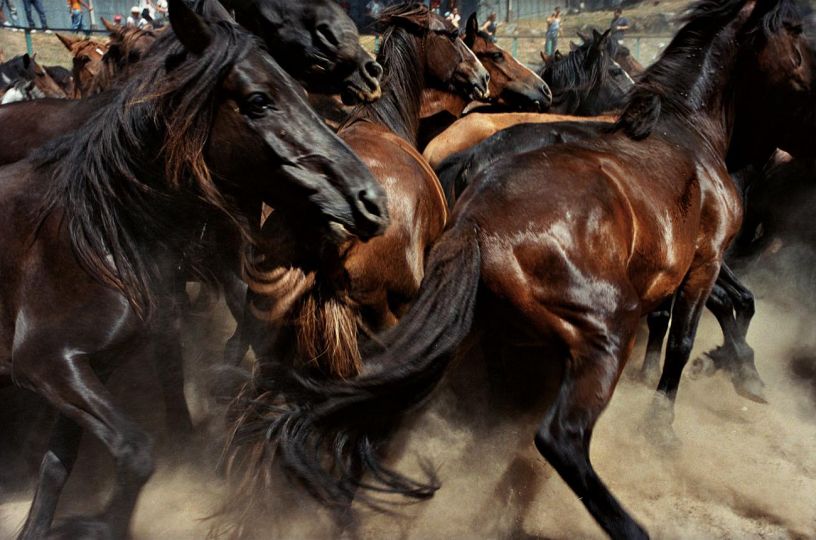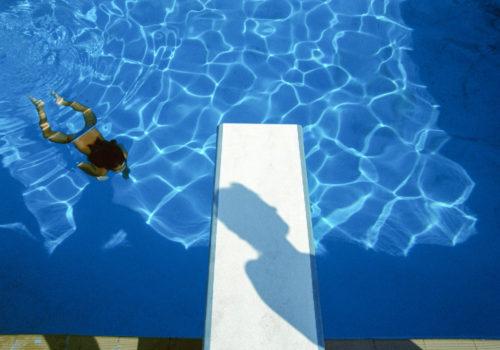From November 16, 2021 to April 24, 2022, the International Museum of the Red Cross Red Crescent (MICR) lifts the veil on more than 600 photographs from the collections of the International Movement of Red Cross and Red Crescent. By exploring this immense heritage, which has remained little explored to this day, the exhibition Un monde à guérir (A world to heal) questions the humanitarian image and our way of looking at it. An open day is organized on Saturday, November 20 to celebrate its opening.
Ubiquitous in the news, the humanitarian image entered our daily lives more than a century ago. It often seems immediate and unambiguous to us. The photograph frames a scene and offers an interpretation of it. We believe we understand everything about an event without even thinking about the off-screen. However, the reality on the ground is always more complex than its representation, which is necessarily fragmentary.
Sharing an exceptional photographic heritage
With more than 600 images from 1850 to the present day, Un monde à guérir is the result of more than two years of research carried out within the collections of the MICR, the International Committee of the Red Cross (ICRC) and the International Federation of Red Cross and Red Crescent Societies (IFRC). The project is co-produced in partnership with the Rencontres de la photographie in Arles, where it will be presented during the 2022 edition of the festival.
Between public images, designed to communicate the urgency of humanitarian action, and more confidential images, the exhibition reveals, in a very wide variety of media, a heritage that has remained little explored to this day.
Bringing together big names in photography, in particular from the Magnum Photos agency such as Werner Bischof and Susan Meiselas or even Henri Cartier-Bresson, Un monde à guérir also presents images taken by collaborators of the Movement and by people directly affected by the crisis. Culminating in a section devoted to the work of Alexis Cordesse who shares the personal photographs preserved by migrants, it offers a multiplicity of points of view and draws the public’s attention to the complexity of the terrain, beyond its representation.
New keys to reading the images that make the news
Un monde à guérir offers step-by-step keys to understanding the codes of representation of the humanitarian image. The audience is invited to look at it from a critical perspective and question where it comes from, what it says and what it does not show. By exploring the intentions at work, it articulates a visual grammar of humanitarian action that allows us to train our eyes.
For Nathalie Herschdorfer, curator of the exhibition, it is a question of enhancing the utilitarian mission of photography and what the images say about our time: “Knowledge of the past, of history, has been made a lot through the written word. However, humanitarian history cannot be approached without that of photography. Only 25 years separate the invention of photography in 1839 and the creation of the ICRC in 1864, their respective fates are intimately linked.
Now more than ever, it is difficult to conceive of humanitarianism without an image. “
The MICR asks a central question: How does humanitarian action affect all of us, here and now? The exhibition offers one answer. For Pascal Hufschmid, director of MICR and initiator of the project:
“With Un monde à guérir, we wish to share an exceptional photographic heritage preserved in the heart of international Geneva. It allows us to take a different look at the images of conflicts or disasters that make up the daily news in our media. In the humanitarian field, a picture is never worth a thousand words ”.
Carte blanche to photographer Henry Leutwyler in the MICR collections
In parallel with the Un monde à guérir exhibition, the MICR presents a video of Henry Leutwyler produced in 2021 for the Geneva Biennale of Photography, NO’PHOTO.
The MICR has given the photographer carte blanche to rediscover its unique and heterogeneous collections. Under his attentive and generous lens, the most diverse objects come to life and tell a new story. Leutwyler observed the smallest detail, creates new links and reorganizes the collections with rigor, curiosity and poetry. The collections thus seen in all their materiality and vulnerability. Through his images, Leutwyler leads us to listen to what the objects themselves have to say and questions us about our way of looking at them.
Un monde à guérir (A world to heal)
From November 16, 2021 to April 24, 2022
International Museum of the Red Cross and Red Crescent
Av. De la Paix 17 1202 Geneva Switzerland

